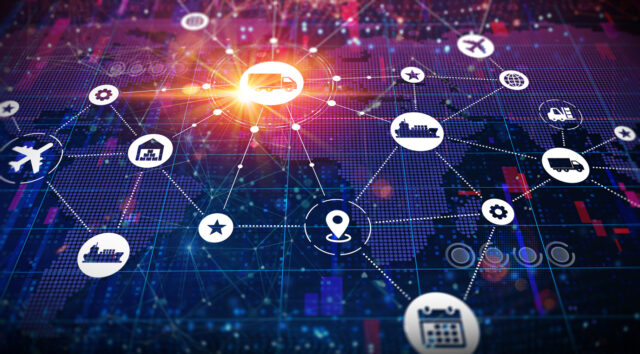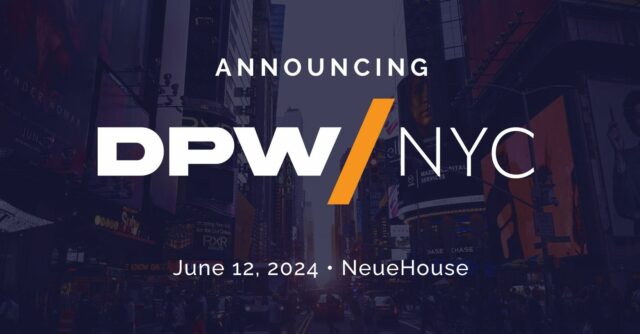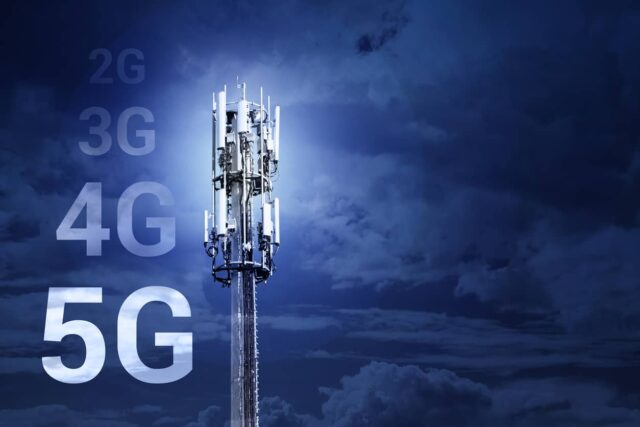According to the latest ONS figures, the impact of Covid-19 restrictions on the physical retail sector has been mixed. Stores selling hardware, paints and glass, for example, saw a 13% increase in the value of retail sales compared to last year. Others have been hit particularly hard – with clothes store sales down by more than a quarter (26%) in the same time frame.
The forthcoming wave of vaccinations promises to restore the UK’s economy to a more stable position. Nonetheless, we must consider the possibility that changes in consumer behaviour may linger even when lockdowns and social distancing are a thing of the past, as well as how different sub-sectors within the industry will be affected.
Let’s therefore look at two opposing, but equally possible scenarios on the road ahead.
Scenario A – Opening the floodgates
After months of being cooped up at home, customers flock to town centres, industrial parks and shopping centres to exercise their freedom to purchase goods in-person. Sales volumes increase, but supply chains become stretched due to spikes in product demand and store inventories become more difficult to effectively manage.
In addition, disruption to both the need and availability of workers in the months prior leaves stores understaffed, leading to long queues and disgruntled customers. Finally, customers who for months have been encouraged to go cashless are now making far more card and contactless payments, leaving some POS systems struggling with the uptick in data traffic and leading to more frustration for staff and customers alike.
Scenario B – The high street ghost town
For many, shopping online during the pandemic switched from something people wanted to do to something people needed to do. As a result, those who were previously sceptical or unfamiliar with technology (or who simply preferred shopping in-person) had to familiarise themselves with the process. Of course, although many within this group may still be averse to e-commerce today, we must assume that at least some will use their newfound familiarity to continue shopping online in the post-Covid era.
In this scenario, customers new to e-commerce have been swayed by the user-friendliness, low prices and fast delivery on offer online. As a result, footfall on the high street struggles to recover to pre-pandemic levels, creating a tough environment for the small independent retailers who compete with the online giants.
Preparing for every outcome
While these two scenarios are diametrically opposed, the Internet of Things (IoT) could help address some of the issues described in both situations. Comprising a dynamic network of sensors, devices and equipment, the IoT makes it possible to view and interact with physical objects as easily as files and folders on a computer. In other words, the IoT creates a digital overlay that sits across the physical infrastructure of retail stores, effectively facilitating the agility of online shopping in a physical space.
It will require investment, but securing the future is a goal that pays dividends. Here we look at the solutions the IoT has to offer in these two scenarios.
Solution A – Unlocking efficiency at every stage of the supply chain
Preparing to mitigate the negative outcomes in this scenario requires retailers to take a hard look at the systems they have in place, identify areas in urgent need of greater efficiency, and implement new IoT tools to address them:
- Real-time supply chain – inventory sensors and POS data are integrated into a direct communication system with supply chain partners, triggering automated manufacturing and production systems and adjusting stock delivery schedules accordingly.
- Data-driven decisioning – capacity sensors linked to data analytics platforms not only track the number of customers in-store, but analyse seasonally-adjusted data relating to the length of time customers spend in the aisles and predict where and when staff will be needed.
- Robotic process automation (RPA) – from processing supplier deliveries to quarterly stock counts, RPA systems automate time-consuming tasks that happen behind the scenes, freeing up staff time for better workforce scheduling and more focus on customers.
Solution B – In-store customer experience unmatched by online retailers
Innovations such as live product tracking and same day delivery have recently tipped the customer experience race in online retailers’ favour. To attract new customers and retain their business, brick-and-mortar stores must emulate the dynamic, digital and personalised experience offered by their online counterparts:
- Interactive digital displays & kiosks – positioned at the store entry, customers can benefit from an optimised in-store journey and a highly personalised experience by viewing commonly bought items, their location within the store and in-the-moment marketing offers based on purchase history.
- Roaming POS – queuing is eliminated as tablets carried by staff process customer payments anywhere in the store. In addition, RFID scanners built into trolleys and baskets can total large volume purchases in real-time, without needing to take a single item out to scan.
- Customer application integration – in-store geotargeting systems can link via Bluetooth to customer-facing smartphone applications to help locate specific items and provide other useful pieces of information, such as stock levels, current offers and the location of staff.
LTE & SD-WAN branch networking: laying the foundations for the future of physical retail
Regardless of which scenario becomes a reality, any subsequent IoT strategy must begin with a reliable, secure and agile network. The first step is cutting the cord with fixed broadband connectivity and setting up a private in-store network running on LTE. Also known as wireless WAN (WWAN), this solution offers retailers greater levels of flexibility thanks to out-of-the-box connectivity and unparalleled reliability through multiple network channel management.
The second foundational requirement for retail IoT is SD-WAN. With the sheer quantity of network applications running in most branches, cloud monitoring and troubleshooting features – including automated alerts – SD-WAN enables retailers to cost-effectively manage WAN conditions at widespread locations. Crucially, SD-WAN also allows secure VPNs to be established in a matter of minutes, providing robust protection for devices and sensitive information, such as customer payment data.
Survive and thrive in the future of retail
The past year has been an uphill struggle, not least for retailers contending with limited footfall in their physical stores. Investing in new technology may not be top of mind for all retail businesses in the immediate future. But for those who are able and willing to make small adjustments to innovate may find they are able to unlock efficiencies in their supply chain, improve their in-store experience and attract and retain new customers once lockdown restrictions start to ease.











